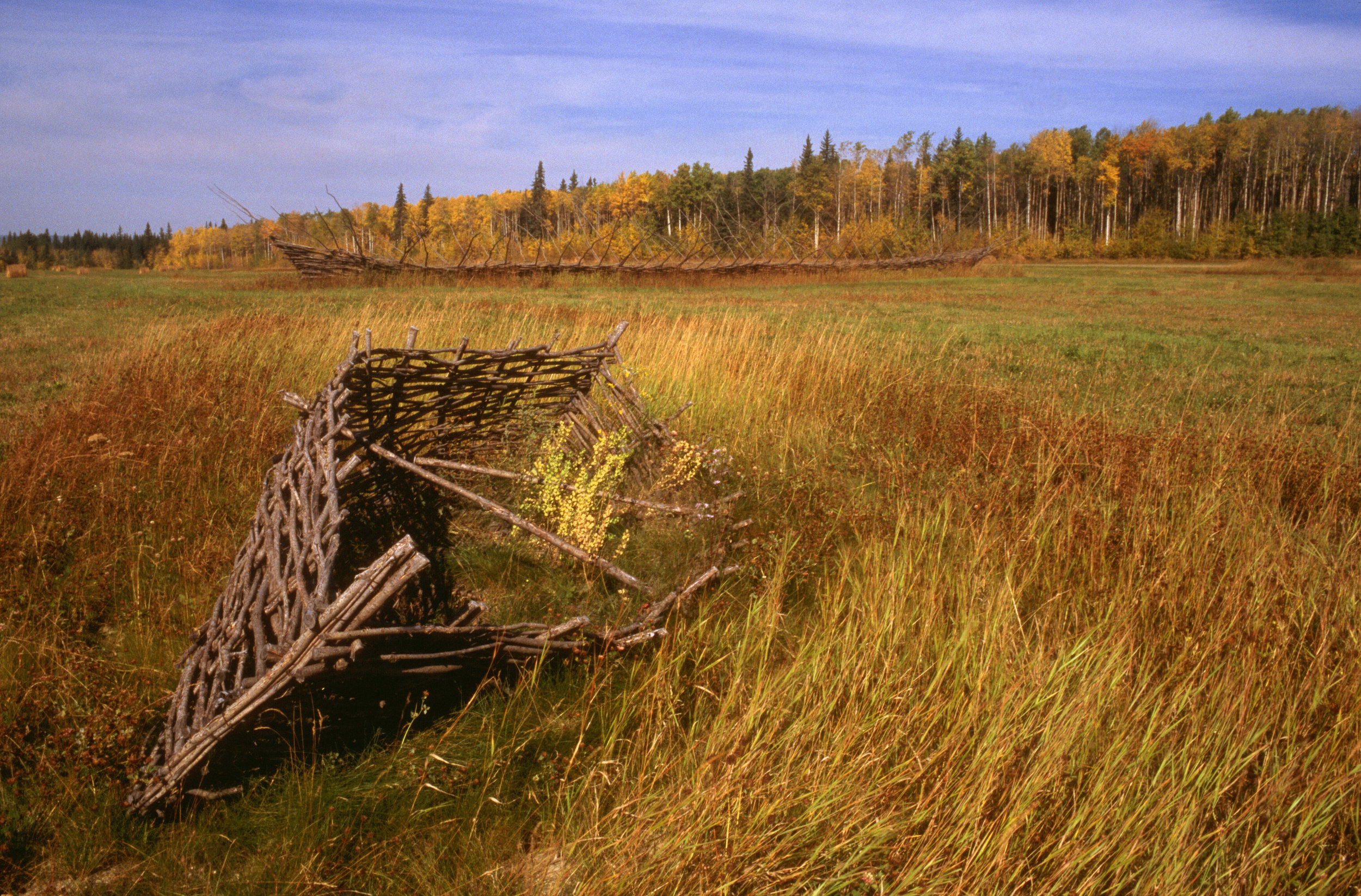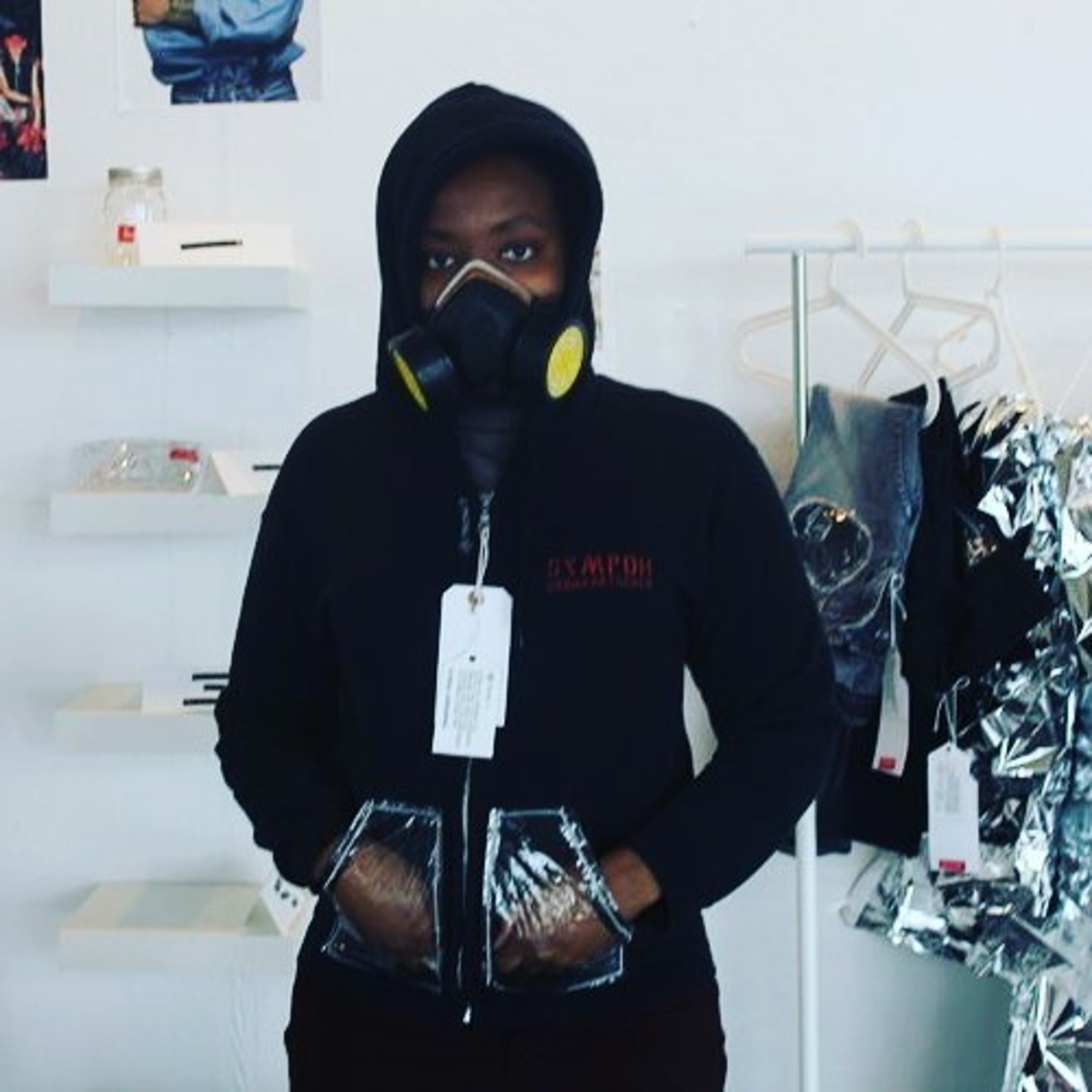Decolonizing Devices

Interview with Alejandro Mayoral-Banos
By Tiffany Creyke
Edited by Amrit Phull
For the colonizer, devices represented a “developed” world. The tools of colonization exacted on the land, body, and mind of the Indigenous consciousness have created deep ramifications, the number of which feels insurmountable. These are diversifying at a global scale and are, today, countless. Examples include technology for prospecting and resource extraction. They include drones. They include digital networks for the trafficking of Indigenous women.
Globalization and the rate at which technology is changing go hand in hand, and serves as a driving rhetoric in the name of exploration and colonization. This push has created a virtual reality on a global scale, and this virtual space communicates the politics of a place. Devices facilitate globalization, which continues to feed the colonization of stolen land.
Since devices/technology have been used as a tool to oppress, is there room for a productive juxtaposition of Indigenous traditional knowledge and Western science within technology that reflects Indigenous values/perspectives? In short, absolutely. Decolonizing technology can create supportive Indigenous networks and digital spaces among different Indigenous peoples and groups. Since decolonizing is the education of truth, decolonizing technology brings forward a new entry point of understanding this truth and becomes a way to start a conversation.
The Indigenous Friends app is creating a digital space that looks and feels comfortable and conducive to an open and honest conversation within York University. Alejandro Mayoral-Banos designed the Indigenous Friends App to reflect the tensions around the concept of decolonization within academia, considering how the institutional space has been traditionally used to colonize knowledge production. The Indigenous Friends App supports Indigenous self-determination. It creates advancements towards violence awareness and prevention through education.
I know these tensions well within academia as an Indigenous person who never felt safe within the institution. Racism and ignorance played out all around me from elementary school, to high school, to university. Every single day at school felt like a battlefield instead of an opportunity. Neither my voice nor my presence was respected, which can feel isolating when you have to move away from your family in order to attend school. With forced displacement, you need safe places for gathering where you are able to connect to someone else as an Indigenous person dealing with the same experiences. Having instant access through this app where one can share stories filled with teachings brings immersive language to a new level. Decolonizing our approach to successful digital interactions that meaningfully include and empower Indigenous voices from start to finish is a necessary precursor for successful teachings that bring extra value. Rather than most digital interactions that are casual or meaningless.
An Indigenous designed digital space has an opportunity to promote interventions against displacement trauma. By demonstrating values with diverse perspectives, you are reflecting the values of the communities the digital space is shaping. These values are rarely reflected in the urban sphere that the built-environment is shaping, which is another reason why institutions can feel so isolating because there are limited places in the PHYSICAL world to gather, especially in cities.
Even the limited options for physical spaces in which to meet and be ourselves in can feel isolating for some. For example, the congregation of Indigenous centres within educational institutions could feel like unsafe environments for people with displacement trauma. These physical spaces can cause internal tensions from someone not feeling comfortable self-identifying in an Indigenous centre setting due to the expectations that might come with having to know your culture, values, and language if they have experienced displacement from their culture. A DIGITAL space with no cultural judgment is an innovative way of providing a solution to a safe space to confidently learn in and that can be accessed from anywhere—as we are not all afforded physical safe spaces, let alone physical spaces, that feel comfortable for all.
Tiffany Creyke (TC) | How does the Indigenous Friends App reclaim digital space by decolonizing and amplify Indigenous voices?
Alejandro Mayoral-Banos (AMB) | One of the most significant discoveries of mobile technologies in the last ten years is that Indigenous communities around the world are using this type of devices to their benefit because they respond to several of their needs such as mobility, socioeconomic constraints, orality, and the possibility of online/offline features. However, Indigenous peoples have not engaged in the conversation of mobile design and possible applications. You commonly find an identity disconnection between using mobiles and being Indigenous.
The Indigenous Friends platform is creating a digital space with/for/by Indigenous peoples which implies a different approach to design technology. The objective is to pass from the discourse of "access" to the paradigm of "control/ownership/possession." This concept has an analogy to decolonizing land.
It is important to mention that there cannot be a "global" decolonizing technology. Decolonizing is always placed in a local context. In this case, the Indigenous Friends Platform uses the Tipi teachings from the Ojibwe and Cree people established in Tkaronto - the accessible teachings are contextualized to this place and time.
TC | How has the Ontario Trillium grant helped develop the app further? What outcomes have come from the grant?
AMB | Professor David McNab, who is a Métis professor at York University mentioned that because the mobile application followed the tradition of the Tipi ceremony, the Indigenous Friends Platform has a spirit. It is essential to take care of the space as you would any other live being. The OTF grant has allowed us to take care of that spirit.
Mobile technologies are in constant evolution so their maintenance is frequently necessary for the operating systems and security updates. In the same way, the increase and support of the engagement within the app becomes more challenging when more people are getting involved within the space. The OTF grant has allowed us to maintain the technical dimension of the app through a senior-young developer, as well as increase the outreach with an Engagement Indigenous Coordinator.
TC | Who is using the app? How many people? Are there any surprising outcomes or uses/any success stories about people getting connected through the app?
AMB | 105 Indigenous members and allies use the the app around the community of York University. We are in talks with Ryerson University, OCAD University, Queen's University, University of Saskatchewan, and St. Paul's University in order to expand our outreach. The biggest challenge of the engagement team is the colonial institutions where the app is trying to be deployed.
The most recurrent successful story that the Indigenous Friends Team has heard from several Indigenous students is around connection. Students now have access to identifying other Indigenous students, professors, and staff around campus to connect with. Another interesting aspect is the engagement that several students had about traditional knowledge and the possible connection with the tech world. We are receiving requests for the creation of a feature to share oral traditions and songs.
TC | How are allies approved for membership to the app?
AMB | Anyone with an Android, BlackBerry, iPhone, or tablet can download the app from Google Play and Apple Store (or you can have access via the website: http://app.indigenousfriends.org); however, in order to have access to the public information as well as contacting other members, all the users require a STUDENT TAG.
These STUDENT TAGS are in full control of the institutional Indigenous/native centre. I’m They already have protocols in place to decide who can enter the space for safety reasons.
TC | How can digital devices be a safe space to connect to one another? A dangerous space?
AMB | Digital spaces are never going to be 100% safe, but they can be safer. One of the main aspects of the software design within the app has been the incorporation of traditional knowledge into the digital space. How are we making safer the digital spaces? The same way, we try to make safer the real-world spaces. This concept means that within the app everyone has a virtual clan, which means that everyone has a responsibility to one another. As there are Wolf and Bear clans that take care of other members, there are users with those roles within the app. When you enter the app, you follow the protocols and the rules as you come into a Tipi.
TC | How would you like to take the technology further as a decolonizing tool for the Indigenous community?
AMB | As we always say, this is an open space for creation. As there are tipis for housing (such as this one), there are tipis for ceremonial and storage purposes. What if we create a virtual Tipi for our sisters who have been missing, having GPS Location features, access to traditional medicines, healing processes, etc. We, as Indigenous peoples, require engaging in the design of the solutions for our communities.
This last comment on how design should be used for the innovation of providing safer solutions for our communities is where I would like to pause. Apps like these can be analogous with decolonizing land, which is to ultimately support the safety and self-determination of our bodies and minds.
It is positive to have safe digital spaces to create community, friendships, and connection. How can we take digital tools to the next level where they can offer us a type of protection not currently available to us? How can an app not only connect, but protect and prevent? Just like Uber, I would like to see an app for the safe rides of Indigenous women no matter where they are. Violence against the land is synonymous with violence against Indigenous womxn, and it’s in these digital tools where communication can be open, recorded, and traceable where efforts to decolonize can excel. The Indigenous Friends app is just the start of digital platforms for the wellbeing of our community, and as with the design of more protective measures like location features and transportation services, I see the decolonization of devices expanding.
Bio
Tiffany Creyke is a member of the Tāłtān First Nation who focuses on the creative direction for reclaiming and activating space to represent the Indigenous community in planning, fashion, art, and advocacy from a matriarchal worldview. She is a co-creator of the ReMatriate Collective, invested in the resiliency of Indigenous womxn. Creyke holds a BA and PBD from Simon Fraser University, and a MCRP from the University of British Columbia.
Alejandro Mayoral Banos is an Indigenous activist and Ph.D.Candidate, who is currently working with organizations in Canada and Mexico deploying participatory and community-driven ICT projects by/with/for Indigenous peoples. He is the creator and founder of the Indigenous Friends Initiative (Canada) and Magtayaní (Mexico). The Indigenous Friends Initiative is a grassroots organization that develops and supports First Nations, Métis and Inuit media platforms for cultural, academic, and social growth and reconciliation.






